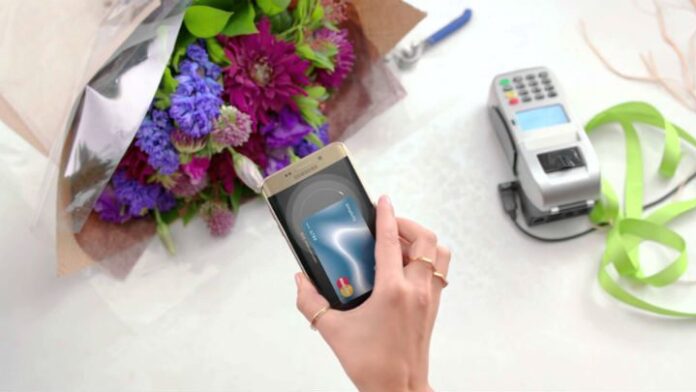One2Touch notes various NFC technology use cases
There’s no doubt today’s consumers are mobile, a lifestyle that calls for dependable and continuous communication. As we increasingly rely day-to-day on our mobile devices, near field communication is a short-range wireless connectivity technology that supports the mobile life brilliantly with instant connect and communicate functionality.
Most smartphones today are NFC-equipped and analysts are predicting a wave of growth for the NFC marketplace. Industry analysts at The Linley Group estimate more than 1.8 billion NFC chips will ship in 2018.
Consumers are indeed becoming more comfortable using their NFC mobile phone for basic tap-and-go services as they perform a short operation and move on. Undoubtedly, mobile wallet services first come to mind. Users simply tap their phone at checkout and quickly pay for their groceries or a latte. There’s added convenience as well since there’s no need to search for coupons or gift cards – they’re digitally stored and download instantaneously.
NFC technology ideally suited for tap-and-stay continuous communication
However, the technology’s ability to easily transfer data paves the way for innovative accessories and applications that go beyond a convenient add-on to your mobile device that lets you leave your wallet at home. The advent of “tap-and-stay” NFC-powered products and features can also provide communication capabilities that go on for prolonged time periods, according to the needs of the user on the go. Mobile consumers could simply use their smartphone or tablet in many scenarios just as if they had their laptop with them.
How is this possible? A key advantage of near field communication is the ability to instantly connect and communicate. Smartphones or other compatible devices transmit radio frequency signals to share data with a compatible device with an NFC tag when they’re placed close to one another, within four centimeters or less. The connection between two NFC devices is automatically established, typically in less than a second. Manual pairing configurations are not required to transfer data. Additionally, the short range of NFC transmissions is an inherent security benefit.
NFC accessories and applications for a smarter lifestyle
NFC offers clear advantages in that an Internet connection, batteries, cables or power are not needed. NFC devices can operate in three modes, according to the NFC Forum:
• Card emulation – acts as smart cards for payments and ticketing.
• Reader/writer – read and write information stored on NFC tags that range in complexity and are embedded in labels and smart displays.
• Peer-to-peer – two devices exchange information.
One interesting use case when devices operate in peer-to-peer mode is a “tap-and-stay” function through a smartphone cover and integrated keyboard. The user can take advantage of the entire screen display on one of the popular larger smartphones with a physical keyboard. In fact, many people prefer using an actual keyboard instead of a touchscreen. There’s no pairing process involved in connecting a keyboard, consumers simply place their phone on the cover and start typing. Consumers can manage emails and post to social networks, take extensive notes, transfer videos, contact information, or photos, whether they are on the subway, at a coffee shop, at sporting events or even at the dog park.
We believe NFC use cases will increasingly be found everywhere. For example, use the NFC smartphone to open doors with contactless locks and then, no need to hunt for the car keys, the phone can unlock and start the engine of the car. For public transportation passengers, we expect most public transit payment systems will eventually be enabled. As for exhibits or events, the NFC phone can be used to pay to enter, and then instead of searching out and carrying around audio guides with headphones, wave a smartphone in front of a poster or display with a NFC tag for complementary information about what you’re viewing.
What are you wearing? NFC can provide power to wearables and retrieve data from sensors, tracking steps, heart rate, respiration and body fat levels. The phone can then be used as a communication interface toward the outside world through Wi-Fi or the mobile network.
The “Internet of Things” generates high volumes of data and the secure transfer of IoT information is key, not only for payments and purchase transactions, but for interoperability scenarios involving personal data transfers with device interaction, marketing, diagnostic data transfers from machines on a factory floor and other scenarios.
As our smartphones quickly become the linchpin to our mobile life, NFC’s continuous communications capability can serve as the conduit to a smarter connected life.
Editor’s Note: In an attempt to broaden our interaction with our readers we have created this Reader Forum for those with something meaningful to say to the wireless industry. We want to keep this as open as possible, but we maintain some editorial control to keep it free of commercials or attacks. Please send along submissions for this section to our editors at: dmeyer@rcrwireless.com.

